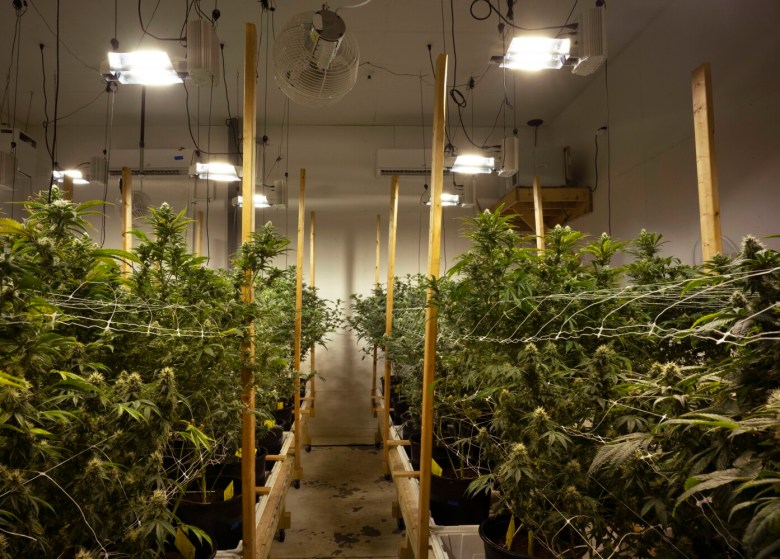
Sales in Maine’s recreational cannabis market are beginning to stabilize as the industry marks its fifth anniversary. Following a period of rapid growth, total sales reached approximately $244 million in 2022, with projections indicating $248 million for 2023. State data reveals that recreational cannabis sales grew from $82 million in 2021 to $159 million in 2022, before hitting $217 million in 2023. However, officials from the Maine Office of Cannabis Policy (OCP) report that sales have plateaued, raising questions about the market’s future.
As of September 2023, nearly $186 million worth of cannabis products have been sold across 225 retail stores in the state. The OCP views this stabilization as a sign of market maturation, suggesting that the rapid growth witnessed in previous years is giving way to a more balanced supply and demand dynamic. According to OCP Director John Hudak, “What you’re seeing is explosive growth at the outset, which you would expect from a new industry. You can only sustain explosive growth for so long as the supply begins to catch up with demand.”
Despite this optimistic view from regulators, industry advocates express concern about the implications of slowing sales for Maine’s local growers. Paul McCarrier, a board member of the Maine Cannabis Union, highlighted that rising costs for electricity, water, and labor are impacting small cannabis producers. He warned that if prices continue to decline, larger corporate growers may outlast their smaller counterparts in a contracting market. “None of this is happening in a vacuum,” McCarrier stated. “People have less disposable income, and if you’re not able to run a leaner operation and you’re over-leveraged, you’re not going to be able to survive in these low periods.”
The concentration of dispensaries in southern and western Maine is notable, with Cumberland and York counties accounting for around 60% of the state’s recreational cannabis sales. This figure likely includes sales to visitors from other New England states, further complicating the local market dynamics.
Concerns about product safety have also emerged in recent years. The state experienced several recalls last year, including issues with moldy pre-rolls in the adult-use segment. Ongoing discussions among lawmakers about improved regulation reflect a commitment to safety, but advocates caution that excessive regulation could hinder the viability of small businesses.
Despite the challenges, John Hudak remains optimistic about the industry’s future. “I think some people look at (the data) and feel some sense of distress, but in reality what you’re seeing is a maturing market,” he concluded. As Maine’s cannabis landscape evolves, the balance between growth and sustainability will be crucial for the future of its recreational market.






